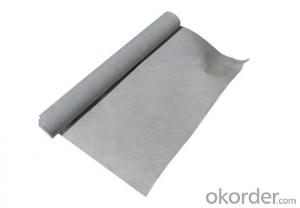PP Woven Fabric/ Groundcover/ Weed Barrier Fabric for Agriculture
- Loading Port:
- China main port
- Payment Terms:
- TT OR LC
- Min Order Qty:
- 5000 m²
- Supply Capability:
- 1000000 m²/month
OKorder Service Pledge
OKorder Financial Service
You Might Also Like
Introduction
Geotextiles are composed from synthetic polypropylene/polyester fibres through a mechanical process of needling the fabric and adding, when necessary, a thermo fused process, resulting in a uniform porous structure with excellent tensile strength and chemical deterioration.
Wovens & knitted: use various fibre types (e.g. monofilament, multi-filament, split extruded film) in different combinations.
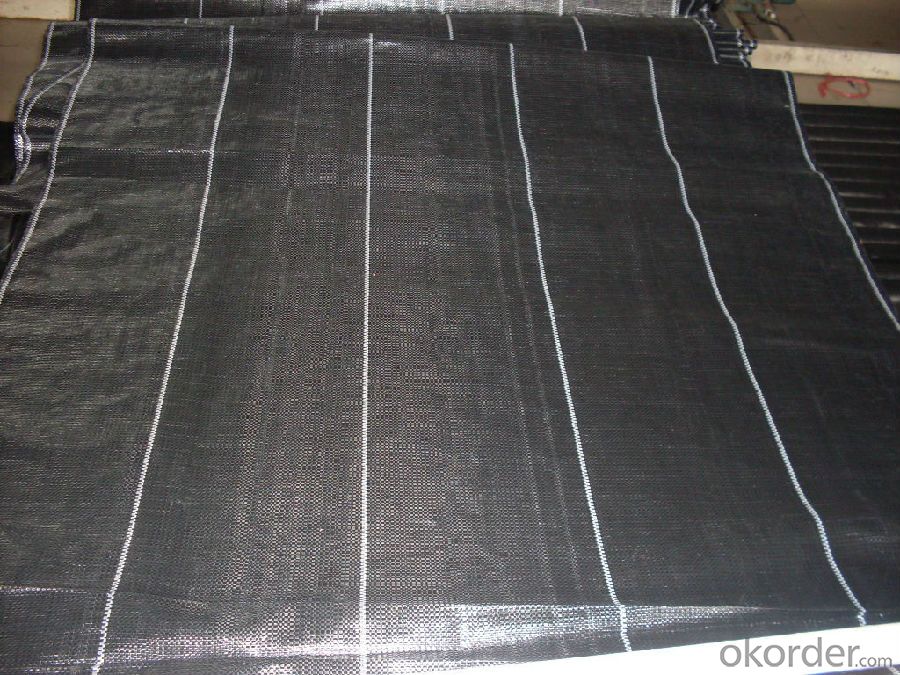
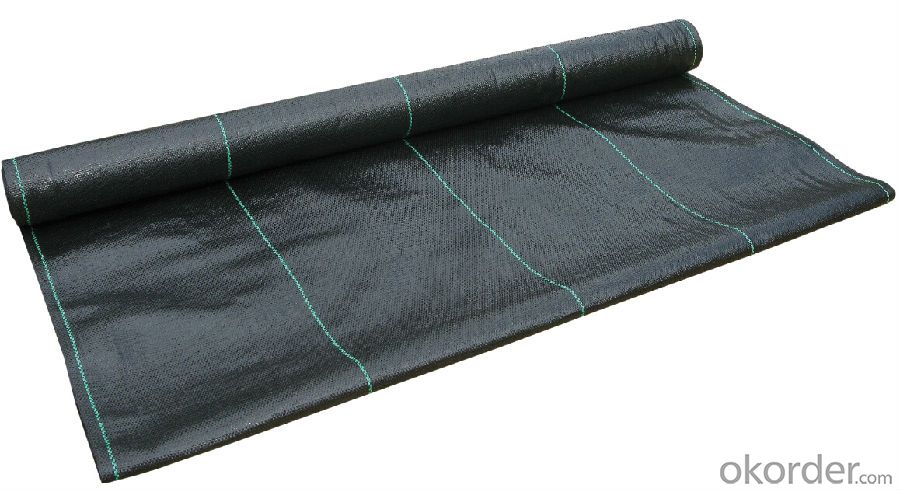
Specification
1) Weight / Mass: 75g/m2-400g/m2 .
2) Width: Within 8 m (1m-8m)
3) Length: 50m-100m/roll (as request)
4) Material: PP
5) Color: Black , white , grey, others
6) Certificate: CE/ISO9001, ISO14001 .
7) Manufacturing method: nonwoven / woven.
8) The biggest geotextile manufacturer/factory in China for many years . The equipment is introduced from Germany.
9) This geotextile can be made of polypropylene (PP).
10) The mass is available from 75g/m² to 400g/m² and the width available from 1.0m-8m, monolayer or multilayer (reinforcement geotextiles), long fiber or short fiber.
Application
Major functions: Separation, filtration, drainage, reinforcement, protection, and liquid barrier
1) Filtration
The filtration layer of the dykes, river canal, seacoast, concrete slope, retaining walls. At the same time of preventing the clay granule from passing, it allows the water and the gas pass through freely.
2) Separation:
The isolation of the railway dregs and the roadbed, roadbed and the soft base, surface of the airdrome and parking lot and the groundsill, different dam materials. It isolates the soil and the gravel of two kinds different granule pathway from the groundsill or other buildings.
3 )Reinforcement:
The highway, railway, soil-stone dam, breakwater, airport, backfill soil of retaining wall, slope protection, etc in which distributes the earth stress, prevents the side-displacement of the earth body and improves the earth body stability.
4 )Protection
It prevents the bank from being washed out, protects the bank and the bottom, prevents the water and soil from being washed away.
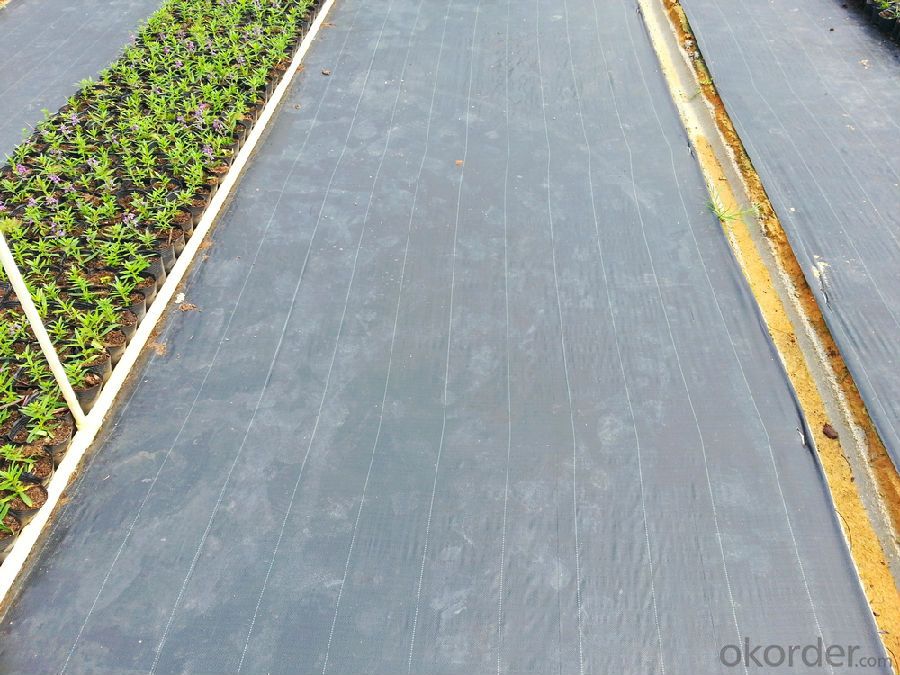
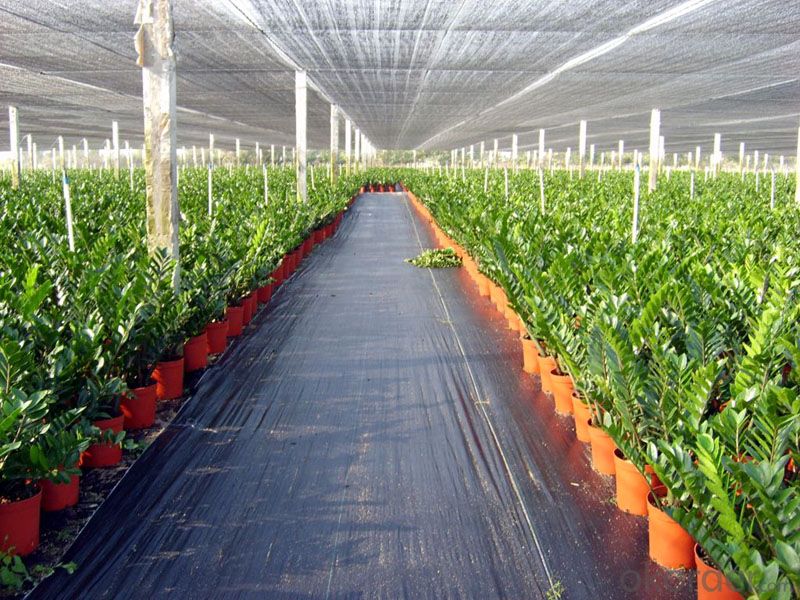
FAQ:
Q1: What is your minimum order quantity?
A:The minimum order quantity is 5000 ,but it is negotiable.
Q2:What is your payment terms?
A: T/T,Western Union,Paypal,L/C...
Waiting to cooperate with you!
- Q:How are geotextiles classified?
- Geotextiles are classified based on their manufacturing method, composition, and intended application.
- Q:Can geotextiles be used in underground drainage systems?
- Yes, geotextiles can be used in underground drainage systems. They are commonly used to improve the filtration and separation functions of the system by preventing soil particles from clogging the drainage pipes. Geotextiles also provide additional stability to the system and enhance its overall performance.
- Q:How are geotextiles secured in place?
- Geotextiles are secured in place through various methods such as anchoring with stakes, pins, or staples, using sandbags or rocks as weights, or by installing them with mechanical devices like anchors or tiebacks.
- Q:Geotechnical construction of the weather when there is any requirement
- Geotechnical construction of the weather when there is any requirement
- Q:What is a geotextile?
- A geotextile is a synthetic material specifically designed for use in various civil engineering and construction applications. It is typically made from polyester or polypropylene fibers and is used to stabilize soil, separate different layers of soil, and provide drainage and filtration in infrastructure projects such as roads, landfills, and retaining walls. Geotextiles are essential in preventing soil erosion, improving soil strength, and increasing the lifespan of infrastructure projects.
- Q:What are the advantages of using geotextiles in storm surge protection systems?
- Geotextiles offer several advantages in storm surge protection systems. Firstly, they provide a strong barrier against erosive forces, effectively preventing soil erosion and maintaining the stability of the protection system. Secondly, geotextiles are permeable, allowing water to pass through while trapping sediment, thus reducing the risk of clogging and maintaining the functionality of the system. Additionally, geotextiles are lightweight and easy to install, making them a cost-effective and efficient solution for storm surge protection. Lastly, these materials are durable and resistant to degradation from UV rays and chemicals, ensuring a long lifespan and reliable performance in harsh environmental conditions.
- Q:What are the benefits of using geotextiles in road construction?
- Using geotextiles in road construction offers several benefits. Firstly, geotextiles act as a reinforcement material, enhancing the strength and stability of the road. They help distribute the load from the traffic, reducing rutting and improving the overall durability of the road. Secondly, geotextiles prevent the mixing of different layers of the road, such as the subgrade and base, by acting as a separator. This prevents the contamination and weakening of the road structure. Additionally, geotextiles provide effective drainage, allowing water to pass through while preventing the clogging of soil particles. This helps in maintaining the road's stability and preventing water damage. Moreover, geotextiles can be cost-effective by reducing the need for expensive materials like aggregate, as they can be used to reinforce weak soils. Overall, the use of geotextiles in road construction can result in longer-lasting roads with reduced maintenance needs.
- Q:Geomembrane and geotextile difference?
- Geomembrane is impermeable
- Q:What are the specifications for geotextiles and geogrids commonly used on expressways?
- You are the production, or sales, or procurement, the question asked, what model is the designer's decision
- Q:How do geotextiles help with drainage?
- Geotextiles help with drainage by allowing water to pass through their porous structure while preventing soil particles from clogging the drainage system. This enables efficient water flow, reduces soil erosion, and helps maintain the stability and longevity of the drainage infrastructure.
1. Manufacturer Overview |
|
|---|---|
| Location | |
| Year Established | |
| Annual Output Value | |
| Main Markets | |
| Company Certifications | |
2. Manufacturer Certificates |
|
|---|---|
| a) Certification Name | |
| Range | |
| Reference | |
| Validity Period | |
3. Manufacturer Capability |
|
|---|---|
| a)Trade Capacity | |
| Nearest Port | |
| Export Percentage | |
| No.of Employees in Trade Department | |
| Language Spoken: | |
| b)Factory Information | |
| Factory Size: | |
| No. of Production Lines | |
| Contract Manufacturing | |
| Product Price Range | |
Send your message to us
PP Woven Fabric/ Groundcover/ Weed Barrier Fabric for Agriculture
- Loading Port:
- China main port
- Payment Terms:
- TT OR LC
- Min Order Qty:
- 5000 m²
- Supply Capability:
- 1000000 m²/month
OKorder Service Pledge
OKorder Financial Service
Similar products
New products
Hot products
Related keywords





